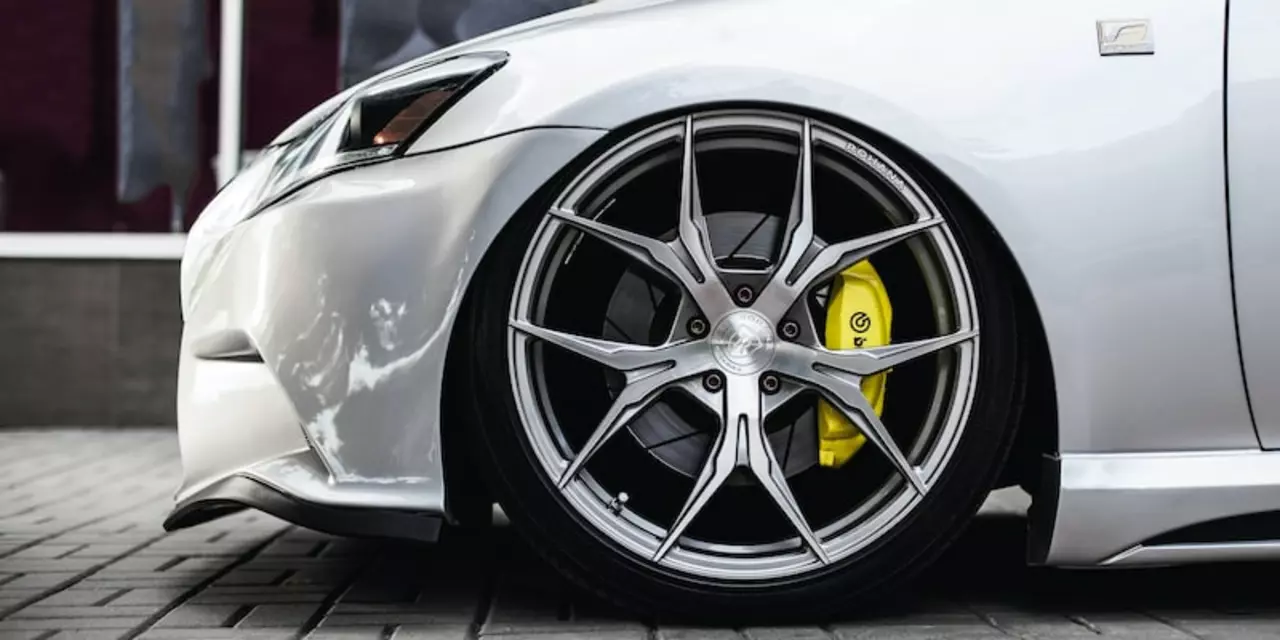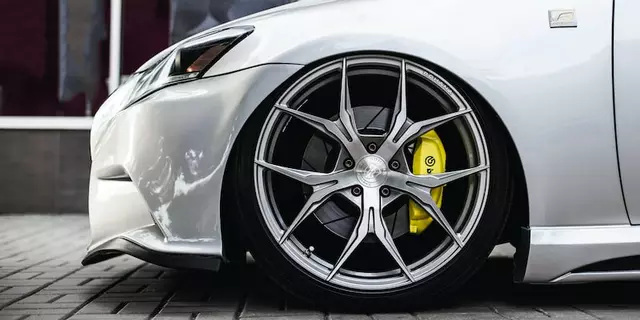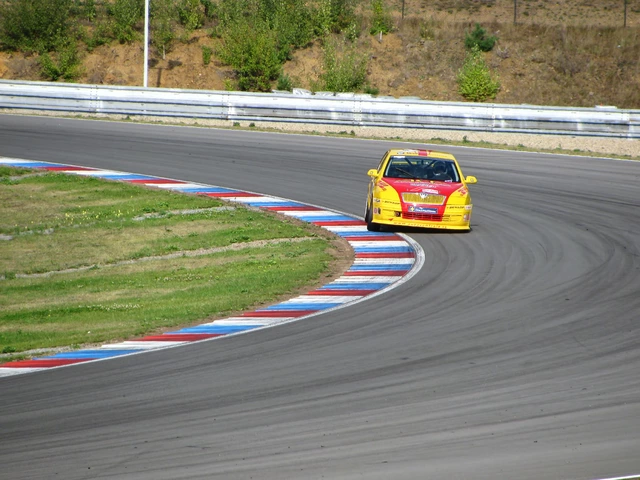When it comes to car racing, the type of rear end, or differential, that is used can greatly affect performance. Differentials come in a variety of types, with each having its own pros and cons. In this blog, we'll be exploring the different types of differentials and the benefits and drawbacks of each type for car racing.
Open Differentials
Open differentials are the most commonly used type of differential in cars. They offer smooth, predictable performance, and are easy to repair and maintain. However, they aren’t ideal for car racing since they tend to spin both wheels at the same speed, which can cause issues with traction and handling in tight turns.
Locked Differentials
Locked differentials are used in some types of car racing. They allow for both wheels to spin at different speeds, which gives more control and stability when cornering. The downside is that locked differentials can be hard to maintain and can be prone to overheating.
Limited-Slip Differentials
Limited-slip differentials offer the best of both worlds, combining the smooth performance of an open differential with the control of a locked differential. They are also much easier to maintain than locked differentials and are not as prone to overheating. However, they can be expensive and can be difficult to set up properly.
Ultimately, the best type of differential for car racing depends on the type of racing and the driving style of the racer. Open differentials are perfect for casual driving, while locked and limited-slip differentials may be better suited for more serious racing. It’s important to take the time to research and find the differential that is best suited for your needs.
If you’re looking to get into car racing, one of the most important decisions you’ll need to make is which type of rear end differential will best suit your needs. This guide will help you choose the right differential for your racing needs.
Types of Differentials
There are several types of differentials used in car racing, including open differentials, limited-slip differentials, and locking differentials. Each type of differential has its own advantages and disadvantages, so it’s important to understand the differences between them before you make your decision.
Open Differentials
Open differentials are the most common type of rear end differential used in car racing. They are relatively inexpensive and provide good traction under most conditions. However, open differentials are not ideal for racing in wet or slippery conditions, as they can cause the car to spin out.
Limited-Slip Differentials
Limited-slip differentials are more expensive than open differentials, but they provide better traction in wet and slippery conditions. Limited-slip differentials also provide better cornering ability, as they allow each wheel to spin at different speeds. This is especially beneficial when racing on tight, twisting tracks.
Locking Differentials
Locking differentials are the most expensive type of differential available, but they offer the most traction and cornering ability. Locking differentials allow both of the rear wheels to spin at the same speed, providing maximum traction in all conditions. However, they can be difficult to control, especially in wet and slippery conditions.
Conclusion
When it comes to choosing the right rear end differential for car racing, it’s important to consider your budget, the type of racing you’ll be doing, and the conditions you’ll be racing in. Open differentials are a good choice for most drivers, but limited-slip or locking differentials may be a better option for those looking for maximum traction and cornering ability.
When it comes to car racing, the quality of your performance can be largely determined by the type of differential you have. Differentials are the components in your car that transfer power between the axles, allowing for the wheels to rotate at different speeds when cornering. Having the right differential can make a huge difference in the overall performance of your car, especially in race conditions.
The two most popular types of rear end differentials for car racing are limited-slip and locking. Limited-slip differentials are designed to provide some traction while cornering, as they reduce the amount of difference in wheel speed between the axles. This helps to maintain traction and reduce wheel spin, allowing you to accelerate more quickly out of corners. Locking differentials are designed to provide maximum traction in all directions, as they lock the axles together, preventing any difference in speed between them. This can be beneficial in situations where you need maximum traction, such as off-roading.
When choosing a differential for car racing, it is important to consider the type of track you will be racing on. If you are racing on a track with tight corners and a lot of acceleration, a limited-slip differential can provide the best performance. If you are racing on a track with wide turns and less acceleration, a locking differential may be more beneficial. It is also important to consider the overall weight of the car and the type of tires you will be using, as differentials can help to reduce wheel spin and improve traction.
Overall, the best type of differential for car racing depends on the type of racing you are doing and the type of track you will be racing on. It is important to do your research and talk to experienced racers to determine which differential is best for your needs. With the right differential, you can dramatically improve your car’s performance and get the most out of your racing experience.
If you’re a car racer, then you know that the type of rear end differential you choose can have a huge impact on the performance of your vehicle. There are many different types of rear end differentials available, and each one offers its own unique benefits. Choosing the right one for your specific application can be tricky, but it’s essential if you want to maximize your car’s performance on the track.
The most common type of rear end differential is the open differential. This is the most basic type, and it is the least expensive. An open differential allows the wheels to move at different speeds when cornering, which helps keep the car stable. While this is great for everyday driving, it’s not ideal for car racing, as it can cause the car to be unstable under high speeds.
A better option for car racing is a limited-slip differential (LSD). This type of differential uses a series of clutches or plates to limit the amount of power sent to each wheel. This helps reduce wheel spin and improve traction, as well as giving the car a more predictable behavior when cornering. It also helps to keep the car stable under high speeds, which makes it an excellent choice for car racing.
The final type of rear end differential to consider is the spool differential. This is the most extreme type, and it is the most expensive. A spool differential locks both wheels together, so they will always turn at the same speed. This offers the most control over the car’s behavior, but it also requires the most skill to use properly. It is ideal for more experienced car racers who want to maximize their car’s performance on the track.
No matter which type of rear end differential you choose, it’s important to make sure that it is properly set up for your specific application. The right differential can make a huge difference in the performance of your car, so make sure you do your research and choose the one that is best for you. With the right rear end differential, you’ll be able to maximize your car’s performance on the track and get the most out of your racing experience.







